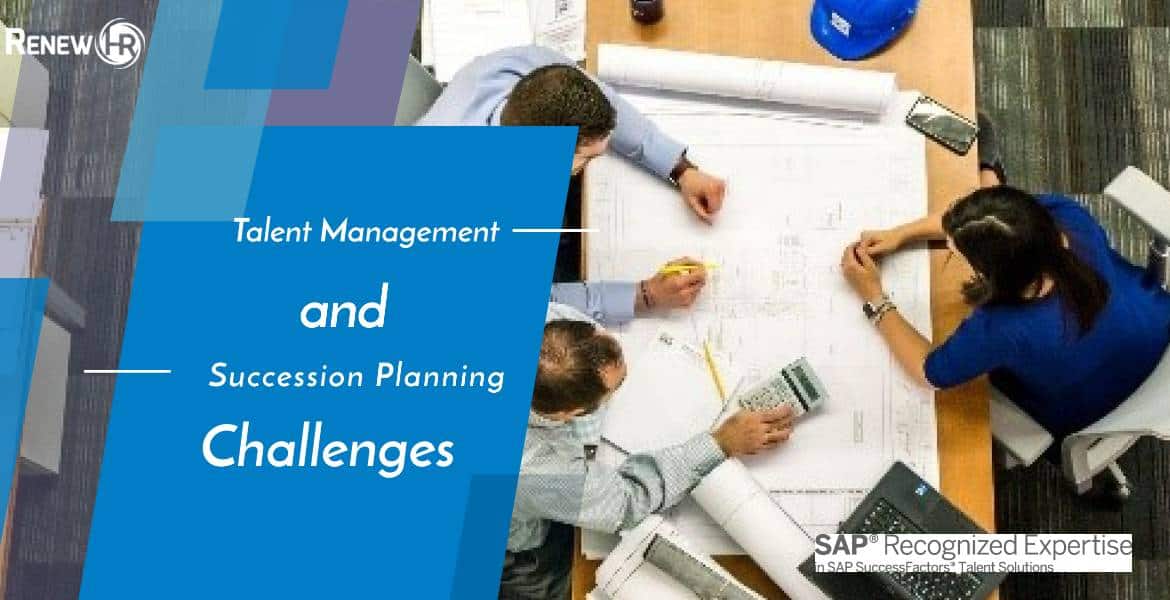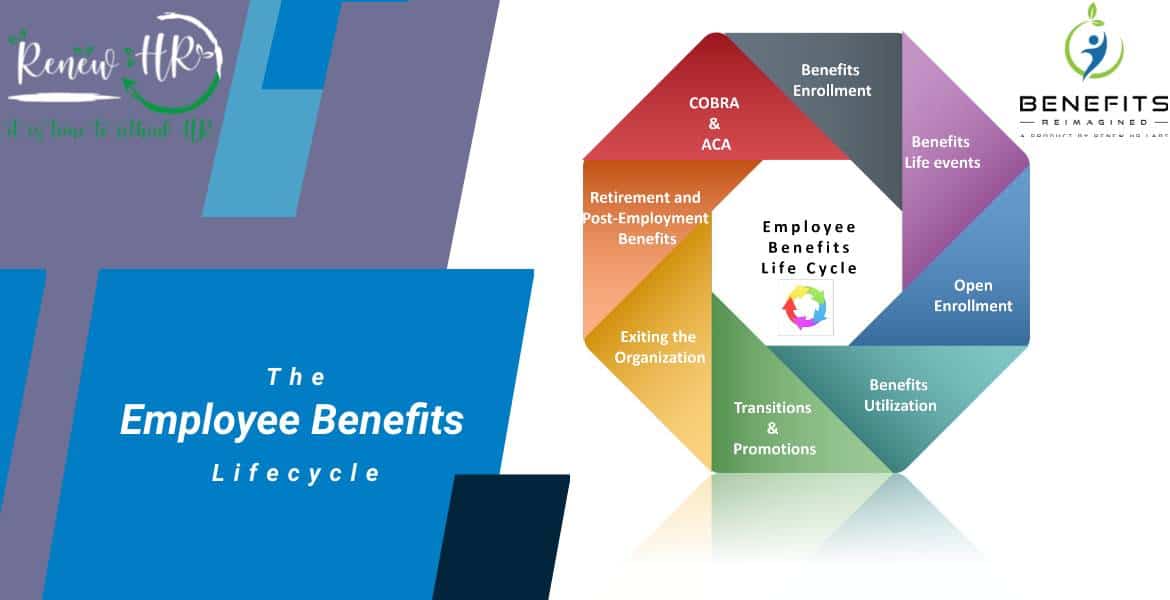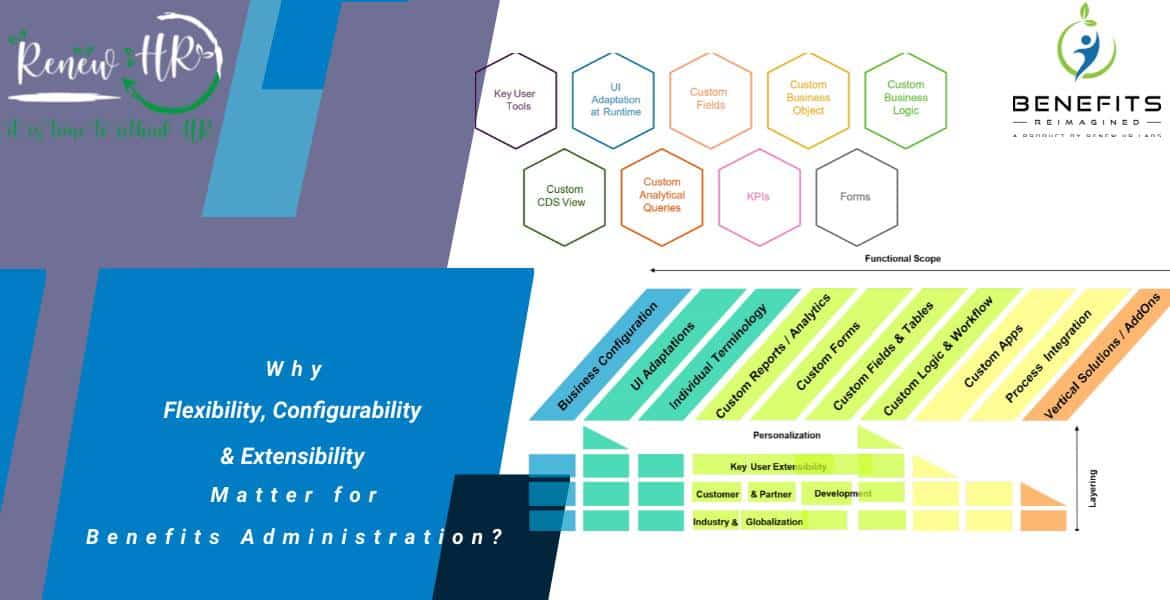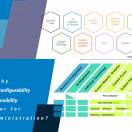
Contents
Succession Planning is an integral part of Talent management.
Talent Management is all about fulfilling the organization’s business objective by acquiring, developing, and deploying the employees with the highest potential.
The responsibility of HR is to create an environment where these high potential employees can learn, develop, gain on the job experience and progress in their respective careers, with the expectation that some of these employees are destined to play a significant role in the future growth of the organization.
Wikipedia defines Succession planning as a process for identifying and developing new leaders who can replace old leaders when they leave, retire, or die. Succession planning increases the availability of experienced and capable employees that are prepared to assume these roles as they become available.
Those organizations which can nurture and manage their talent well are the ones who can identify and develop future leaders. Succession planning forces an organization to introspect carefully at its available talent, build constructive appraisal processes and ensures that it is applied fairly across the organization.
Most of the Small and Mid-size Businesses (SMBs), very rarely have a formal talent management and succession management processes. Even though these are prevalent practices among large enterprises, it is clear that the SMBs lag behind large industries in this respect. But even for those that have incorporated succession planning for their organization, getting an effective business outcome and doing it right remains a challenge.
In the last few years, we have seen increasing interest among SMBs to start recognizing the importance of talent management and succession planning. However, in most of the cases, there appears to be a substantial gap between intention and reality. It is one thing to have these processes implemented, but the real question is, do they deliver?
Implementing a Succession Planning process across the organization usually involves significant cultural change, and the SMBs find it harder than the most embrace such change as some of them have grown over the years without any formal process.
Sometimes the SMB organizations face challenges from traditional mindsets within the organization, which prevents modern performance-based appraisal processes necessary for creating a fair system for all the employees. Also, a modern performance process is a backbone for the talent management and succession planning process.

The ability of the SMB organizations to find out potential successors — who are ready to take up new responsibilities when their time comes — requires discipline, consistent processes, and organizational commitment from mainly senior leadership of the organization.
Irrespective of what is commonly believe and understood the succession planning is a top-down approach at first, even though the actual realization happens at the grassroots level.

Approaches to succession planning and talent management
At times succession planning is misunderstood as the procedure in place for the highest level of executives in the organization. This is a flawed concept. Succession planning surely has to be driven from the top. Still, its primary purpose is to ensure that a pipeline for talented (high potential) individuals are always ready and in place all the time.
As resources are scarce among SMB organizations hence proper coordination among the talent acquisition team, training team, and succession planning team will ensure that you get your internal employees ready to take up the newly available opportunities. Organizations should go to external candidates only when there are no internal candidates are available to take up those roles.
This is where succession planning saves (in case of internal candidates) the organization thousands of dollars in onboarding a new employee, training, and making them productive in their new role.
The most progressive SMB organizations focus on continuity and sustainability. Hence most of their succession planning programs reach right down through the organization, identifying promising talent from managers, middle managers, senior managers to recent graduates, and seeking opportunities to develop that talent.
A typical approach to Succession planning involves the organization to use its organization and development reviews as a procedure for identifying the areas in which it needs to excel, what the implications are for leadership, and where those leaders could be found.
This helps the organization to examine the immediate and longer-term succession challenges and requirements.
Once the organization is clear about the requirements, the next step in the process is to capture a range of information about the successors, such as year-on-year performance rating, career moves internal and external to date, perceived strengths and weaknesses, language ability, and mobility. Some organizations also have a process of “force-ranked” successors based on a range of criteria.

The next step in the process would be to categorize people in terms of timeframes and their readiness for positions in 0–2 years, 2–4 years, and 4–7 years. This will help the organizations to create relevant “Career planning” steps to make sure that the successor is ready within the stipulated time frame.
Of course, the talent management or succession planning strategy the organization takes up will largely depend on where the company, and the industry, is heading to. Ultimately the business strategy will determine what kind of skill set the company would need in the future and where people with those skills set were to be found.
Organizations building their Talent management or succession planning procedures should keep in mind that in general, leadership is not a fixed concept — and particularly with all the changes around us will call for the introduction of new management skills. Hence flexibility is essential in ensuring that you are ever-evolving in your talent management practices as the business around you is changing.

The role of competencies and Competency models
Competencies and Competency models have become very sophisticated in the last decade or so. Some are very specific to internal processes like internal leadership, talent acquisition, etc. and some are specific to a particular industry segment.
Large organizations usually spend much time and effort in building these specifically for their organizations. But most of the SMBs cannot build something on their own.
As a result, they may end up with some homegrown competencies in various talent management processes. To be successful, SMBs should pay much attention to the competency models, which are uniform across all talent management areas and explicitly linking both performance and succession together.
SMBs should look at a building or acquiring competency models that are aligned with their overall business strategy. Usually, organizations pay much attention to competency models designed to evaluate performance appraisals tend to be reasonably mature and consistently applied, but not so much in other areas.
Based on the organization’s maturity, they may be using traditional annual appraisals, 360-degree reviews, or new concepts like continuous performance management (CPM) practices, which most of the time have the same competency model.
Increasingly organizations are linking appraisals to bonuses; hence compensation models more closely are getting connected with the competency and performance issues, but that said, succession planning is not always related to the competency model. Organizations most certainly pay attention to this area to connect the two.
Building a global talent pool
These days it is not very uncommon for smaller SMB organizations diversifying outside their country boundaries, and it is also prevalent that depending upon the industry, they may have some teams based out of offshore or nearshore locations. Post COVID-19 environment would force SMBs to recognize the importance and necessity of developing an all-inclusive global talent pool that is capable of meeting the post-COVID-19 situation as well as future challenges of an organizational expansion and diversification.
A structured succession planning process would keep track of who may be suitable to take up international opportunities. This would help organizations to plan better by understanding the availability of talent pool across the globe.
Is your succession planning in line with your Diversity policy
On paper, all the companies have a diversity policy. Still, the implementation of that consistently across hiring, promotion, job rotation, and Succession planning process is certainly not done systematically. In most of the US-based organizations, race and religious diversity are generally less advanced than gender diversity.

The lack of women representation in senior roles has already created much bad press in the last few years. On top of that, the recent “Black lives matter” movement will push organizations to be more pro-active in not only maintaining a healthy diversity policy but to apply that to all areas of HR processes, specifically to the future succession planning process.
Most SMBs do not pay much attention to job rotation
As we have discussed above that once the organization finds out the right candidates, it should put programs in place to make them ready in the stipulated time. It is an excellent opportunity for SMB organizations to consider Job rotation or secondments as a positive, desirable thing — even some companies can make this as a prerequisite for taking on senior roles. This also will be an excellent way to give experience to high potential candidates.
Conclusion
In conclusion, SMBs can look up to many strong talent management and succession planning programs in place across large enterprises and possibly adopt some of the best practices.
Also, many of the modern-day HR and talent solutions like SAP SuccessFactors are based on the industry best practices, which certainly can help in kick-starting the Succession planning initiative for your organization.
- The employee benefits lifecycle - 04/08/2023
- Why Flexibility, Configurability & Extensibility matter for Benefits Administration? - 02/08/2023
- The communication challenges - 31/07/2023















